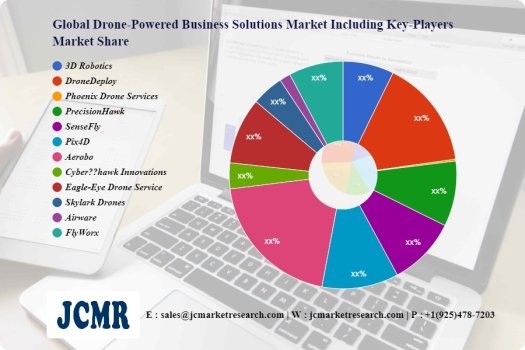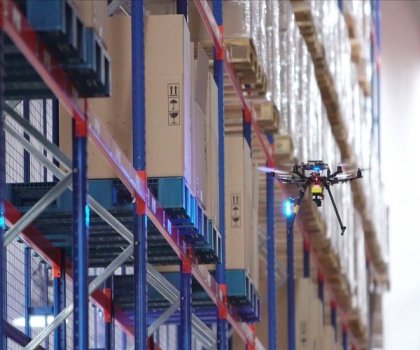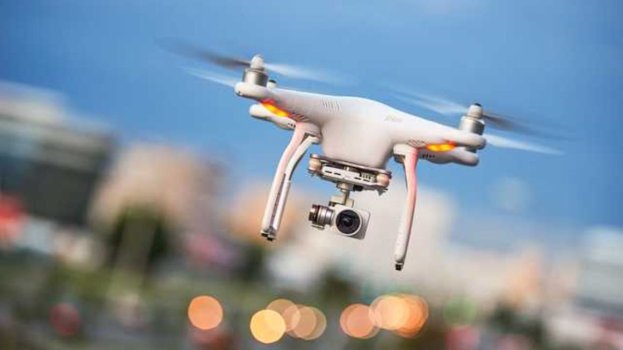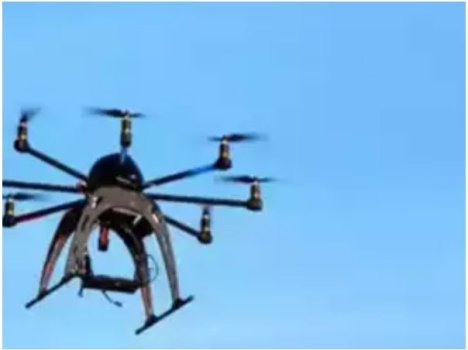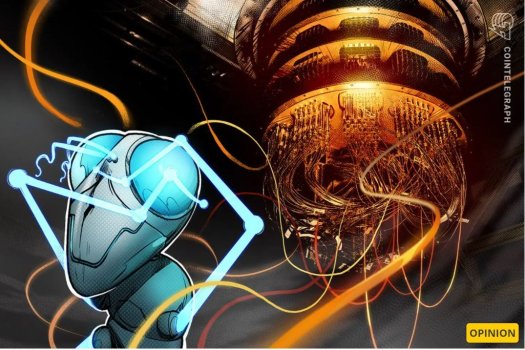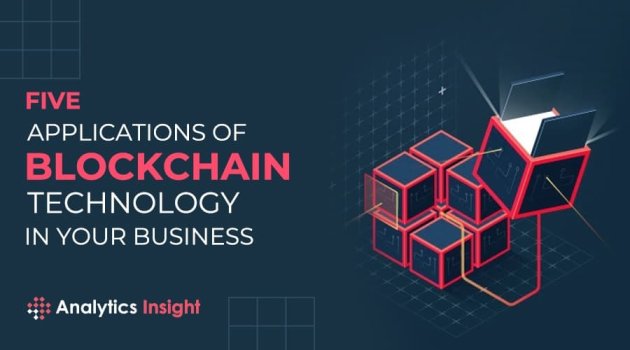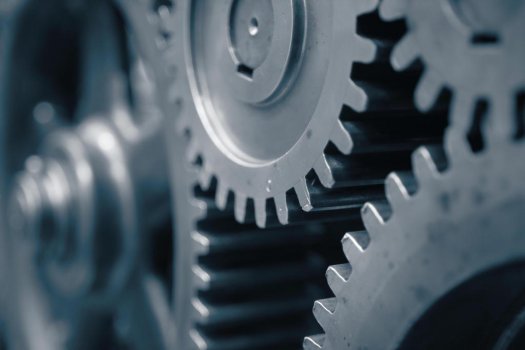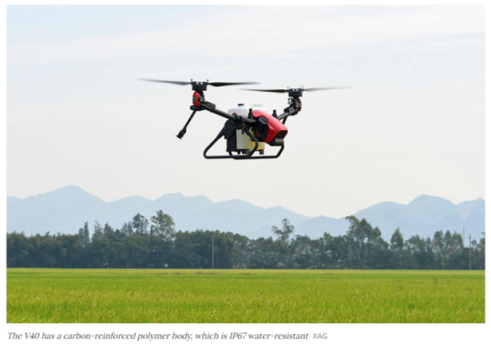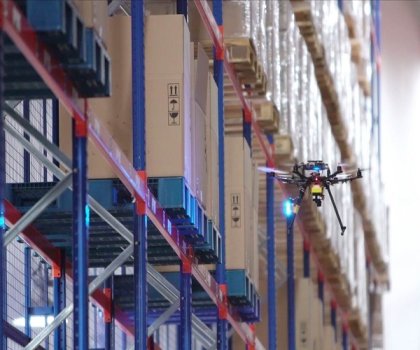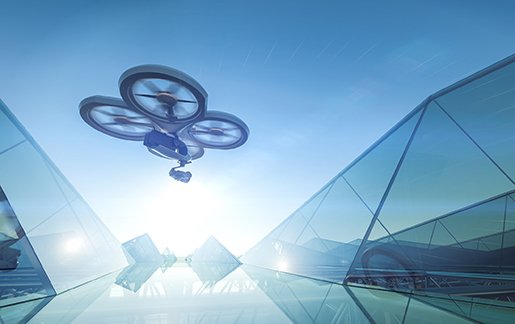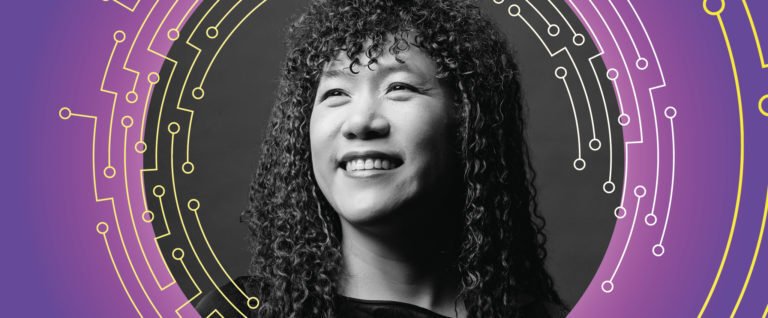Drone-Powered Business Solutions Market Is Booming Worldwide
- Technology Solutions
- 0 Replies
JCMR recently Announced Drone-Powered Business Solutions study with 200+ market data Tables and Figures spread through Pages and easy to understand detailed TOC on “Drone-Powered Business Solutions. Drone-Powered Business Solutions industry Report allows you to get different methods for maximizing your profit. The research study provides estimates for Drone-Powered Business Solutions Forecast till 2029*. Some of the Leading key Company’s Covered for this Research are 3D Robotics, DroneDeploy, Phoenix Drone Services, PrecisionHawk, SenseFly, Pix4D, Aerobo, Cyber??hawk Innovations, Eagle-Eye Drone Service, Skylark Drones, Airware, FlyWorx
Our report will be revised to address Pre/Post COVID-19 effects on the Drone-Powered Business Solutions industry.
Click to get Drone-Powered Business Solutions Research Sample PDF Copy Here @: jcmarketresearch.com/report-details/1472725/sample
Drone-Powered Business Solutions industry for a Leading company is an intelligent process of gathering and analyzing the numerical data related to services and products. This Drone-Powered Business Solutions Research Give idea to aims at your targeted customer’s understanding, needs and wants. Also, reveals how effectively a company can meet their requirements. The Drone-Powered Business Solutions market research collects data about the customers, Drone-Powered Business Solutions marketing strategy, Drone-Powered Business Solutions competitors. The Drone-Powered Business Solutions Manufacturing industry is becoming increasingly dynamic and innovative, with a greater number of private players entering the Drone-Powered Business Solutions industry.
Important Features that are under offering & key highlights of the Drone-Powered Business Solutions report:
1) Who are the Leading Key Company in Global Drone-Powered Business Solutions Data Surway Report?
– Following are list of players that are currently profiled in the report 3D Robotics, DroneDeploy, Phoenix Drone Services, PrecisionHawk, SenseFly, Pix4D, Aerobo, Cyber??hawk Innovations, Eagle-Eye Drone Service, Skylark Drones, Airware, FlyWorx
** List of companies mentioned may vary in the final Drone-Powered Business Solutions report subject to Name Change / Merger etc.
2) What will the Drone-Powered Business Solutions industry market size be in 2029 and what will the growth rate be?
In 2021, the Global Drone-Powered Business Solutions Market size was xx million USD and it is expected to reach USD xx million by the end of 2029, with a CAGR of xx% during 2019-2029.
Continue reading: https://energysiren.co.ke/2021/11/12/331094/
Our report will be revised to address Pre/Post COVID-19 effects on the Drone-Powered Business Solutions industry.
Click to get Drone-Powered Business Solutions Research Sample PDF Copy Here @: jcmarketresearch.com/report-details/1472725/sample
Drone-Powered Business Solutions industry for a Leading company is an intelligent process of gathering and analyzing the numerical data related to services and products. This Drone-Powered Business Solutions Research Give idea to aims at your targeted customer’s understanding, needs and wants. Also, reveals how effectively a company can meet their requirements. The Drone-Powered Business Solutions market research collects data about the customers, Drone-Powered Business Solutions marketing strategy, Drone-Powered Business Solutions competitors. The Drone-Powered Business Solutions Manufacturing industry is becoming increasingly dynamic and innovative, with a greater number of private players entering the Drone-Powered Business Solutions industry.
Important Features that are under offering & key highlights of the Drone-Powered Business Solutions report:
1) Who are the Leading Key Company in Global Drone-Powered Business Solutions Data Surway Report?
– Following are list of players that are currently profiled in the report 3D Robotics, DroneDeploy, Phoenix Drone Services, PrecisionHawk, SenseFly, Pix4D, Aerobo, Cyber??hawk Innovations, Eagle-Eye Drone Service, Skylark Drones, Airware, FlyWorx
** List of companies mentioned may vary in the final Drone-Powered Business Solutions report subject to Name Change / Merger etc.
2) What will the Drone-Powered Business Solutions industry market size be in 2029 and what will the growth rate be?
In 2021, the Global Drone-Powered Business Solutions Market size was xx million USD and it is expected to reach USD xx million by the end of 2029, with a CAGR of xx% during 2019-2029.
Continue reading: https://energysiren.co.ke/2021/11/12/331094/

